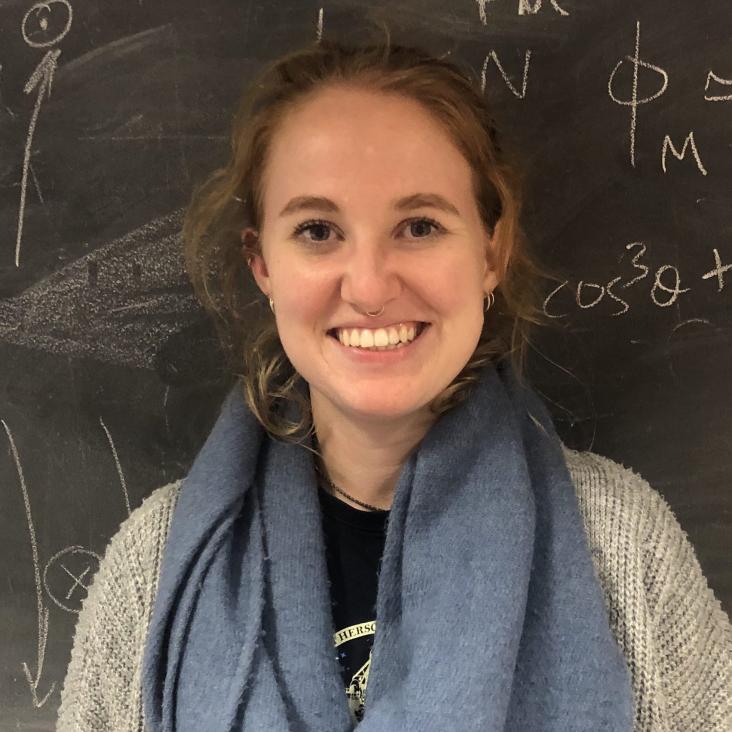An IXPE-led X-Ray Spectropolarimetric Campaign on the Soft State of Cygnus X-1: X-Ray Polarimetric Evidence for Strong Gravitational Lensing
The Astrophysical Journal Letters American Astronomical Society 969:2 (2024) L30
Abstract:
We present the first X-ray spectropolarimetric results for Cygnus X-1 in its soft state from a campaign of five IXPE observations conducted during 2023 May–June. Companion multiwavelength data during the campaign are likewise shown. The 2–8 keV X-rays exhibit a net polarization degree PD = 1.99% ± 0.13% (68% confidence). The polarization signal is found to increase with energy across the Imaging X-ray Polarimetry Explorer’s (IXPE) 2–8 keV bandpass. The polarized X-rays exhibit an energy-independent polarization angle of PA = −25.°7 ± 1.°8 east of north (68% confidence). This is consistent with being aligned to Cyg X-1’s au-scale compact radio jet and its parsec-scale radio lobes. In comparison to earlier hard-state observations, the soft state exhibits a factor of 2 lower polarization degree but a similar trend with energy and a similar (also energy-independent) position angle. When scaling by the natural unit of the disk temperature, we find the appearance of a consistent trend line in the polarization degree between the soft and hard states. Our favored polarimetric model indicates that Cyg X-1’s spin is likely high (a * ≳ 0.96). The substantial X-ray polarization in Cyg X-1's soft state is most readily explained as resulting from a large portion of X-rays emitted from the disk returning and reflecting off the disk surface, generating a high polarization degree and a polarization direction parallel to the black hole spin axis and radio jet. In IXPE’s bandpass, the polarization signal is dominated by the returning reflection emission. This constitutes polarimetric evidence for strong gravitational lensing of X-rays close to the black hole.Constraints on short gamma-ray burst physics and their host galaxies from systematic radio follow-up campaigns
Monthly Notices of the Royal Astronomical Society Oxford University Press (OUP) 532:2 (2024) 2820-2831
Discovery of the Optical and Radio Counterpart to the Fast X-Ray Transient EP 240315a
The Astrophysical Journal Letters American Astronomical Society 969:1 (2024) L14
Abstract:
Fast X-ray Transients (FXTs) are extragalactic bursts of soft X-rays first identified ≳10 yr ago. Since then, nearly 40 events have been discovered, although almost all of these have been recovered from archival Chandra and XMM-Newton data. To date, optical sky surveys and follow-up searches have not revealed any multiwavelength counterparts. The Einstein Probe, launched in 2024 January, has started surveying the sky in the soft X-ray regime (0.5–4 keV) and will rapidly increase the sample of FXTs discovered in real time. Here we report the first discovery of both an optical and radio counterpart to a distant FXT, the fourth source publicly released by the Einstein Probe. We discovered a fast-fading optical transient within the 3′ localization radius of EP 240315a with the all-sky optical survey ATLAS, and our follow-up Gemini spectrum provides a redshift, z = 4.859 ± 0.002. Furthermore, we uncovered a radio counterpart in the S band (3.0 GHz) with the MeerKAT radio interferometer. The optical (rest-frame UV) and radio luminosities indicate that the FXT most likely originates from either a long gamma-ray burst or a relativistic tidal disruption event. This may be a fortuitous early mission detection by the Einstein Probe or may signpost a mode of discovery for high-redshift, high-energy transients through soft X-ray surveys, combined with locating multiwavelength counterparts.The dense and non-homogeneous circumstellar medium revealed in radio wavelengths around the Type Ib SN 2019oys★
Astronomy & Astrophysics EDP Sciences 686 (2024) a129
Testing EMRI Models for Quasi-periodic Eruptions with 3.5 yr of Monitoring eRO-QPE1
The Astrophysical Journal American Astronomical Society 965:1 (2024) 12


